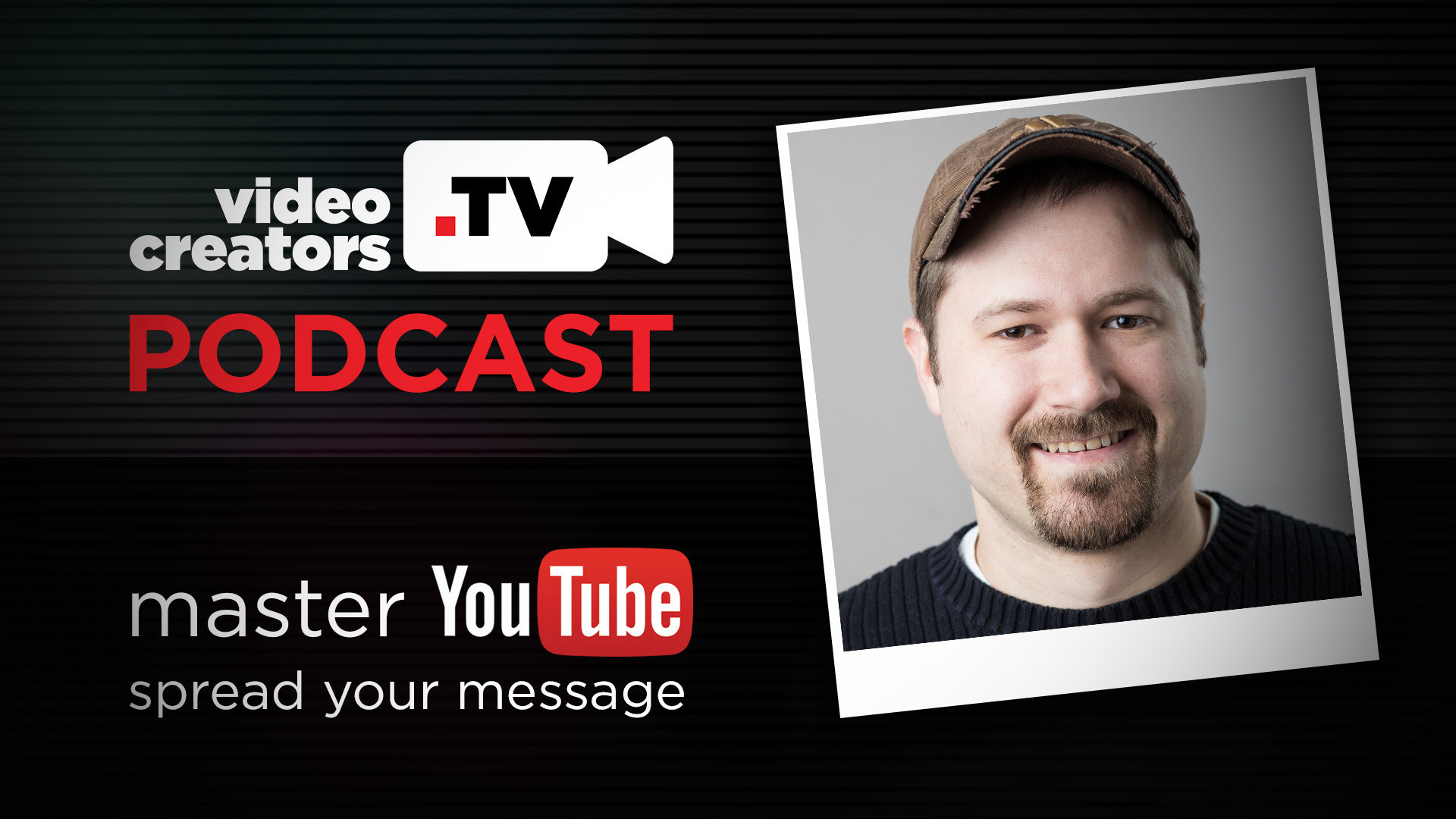In this podcast we discuss the business side of YouTube: What it takes to actually build a channel that’s financially sustainable.
If you haven’t read the article already, check out Get Rich or Die Vlogging: The Sad Economics of Internet Fame.
Unfortunately, this article offers a very negative outlook on income from a YouTube channel. While the points are valid concerns, there are multiple ways to avoid having the same outcome for your channel.
Here’s Tim’s response. Leave your thoughts in the comments below!
- What creators think:
Our job is to create a channel. YouTube’s job is to pay them for it.
- Reality:
Your job is to develop the audience and a monetization strategy for earning an income off that audience. YouTube’s job is to provide you with an amazing platform where you can do that.
YouTube does provide some support with ad revenue, but don’t bank on that. You’re not supposed to make an income JUST off of what YouTube can pay.
Tim is able to support his family along with 5 other team members off of his 150K+ subscribers. He talks about how he is able to sustain himself in the first Video Creators Podcast: How to Make Money on YouTube as a Small Creator
- YouTube Currently only pays $2 per 1,000 views but you could be earning up to $300 per 1,000 views by monetizing your videos and offering a product.
In order to monetize your channel to sell a product you should:
- Identify your Target Audience
- Who are you trying to reach?
- Focus on your Value Proposition
- What are you trying to communicate to that group?
- Develop a product or service that is tailored to both
- If there’s a disconnect between any of these things, then you’re a sellout or people feel like you’re doing an ad.
- If you are selling your own product that you’re passionate about vs. selling someone else’s product for a small percentage fee you’ll earn more and won’t have to worry about jumping to and from deals all of the time.
Tim’s 10 Revenue Streams:
- Adsense (27:50)
- While this isn’t the most lucrative options, it’s better than nothing and it’s great that YouTube provides creators with a cut of their income.
-
Selling to your audience (27:56)
- Subscription videos – Pivotshare, Vimeo on Demand, and VHX
- Selling on your website – Gumroad and WooCommerce
- Consulting (28:00)
- If you work in an expert related field, you can offer consulting services to your clients.
-
Brand deals/sponsorships (28:15)
- Famebit
- Media deck
- Get the attention of people you would like to work with.
- Website Contact Forms
- Networking
- Speaking Engagements (28:20)
- Both paid and unpaid are great opportunities to network and get your name in front of the right people as well as build credibility.
- Licensing (28:25)
- Commercial companies reach out to you to license a clip of one your videos in a commercial.
- Affiliates (29:28)
- Use an affiliate link to get a small percentage of sales for referrals.
- Patreon.com (30:17)
- Fans can support you financially and become a patron through this website.
- Here’s an example of how Tim uses Patreon.com: https://www.patreon.com/videocreators?ty=h
- Memberships (30:23)
- Creators pay an annual fee to join a network of other dedicated creators, have access to Tim, receive channel reviews and much more.
- Live Events (31:24)
- Meet up with a group of your followers/fans and hold an event.
- Charge admission to cover costs/make an income.
Bonus Tips:
- Legal Business Classification
- How important is to actually set up your business legally in terms of biz entity, taxes, etc?
- Tim uses MidatlanticCPAs.com to help with this area.
- Random Business Things
- Using a P.O. Box instead of your own mailing address
Tweet us your comments and questions!
Be sure to leave us a review of your thoughts on soundcloud, iTunesso we can continue to serve you well!







![We are Taking a Break [Ep. #404]](https://s30249.pcdn.co/wp-content/uploads/2022/06/podcast2022_2a-scaled-500x383.jpg)